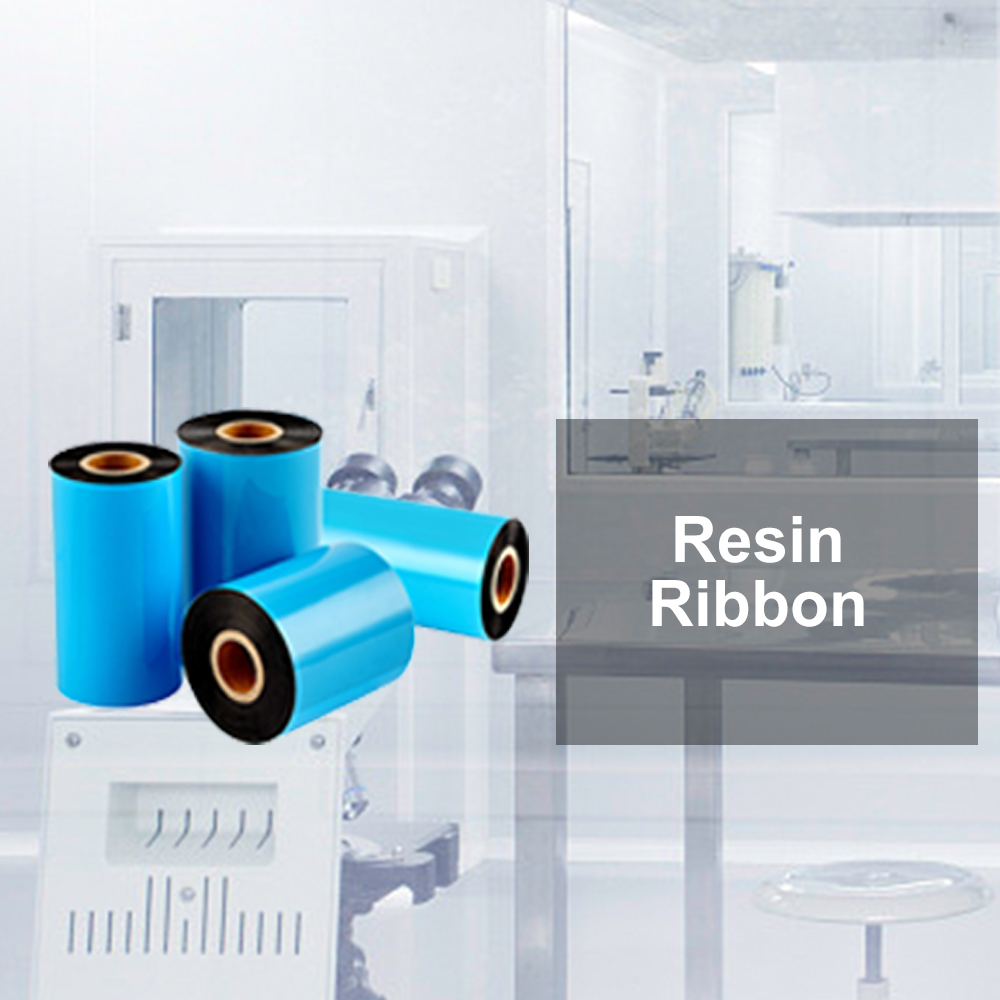Best Practices for Recycling Used Thermal Transfer Ribbons and Cartridges
Although thermal transfer printing is essential in many sectors, the disposal of spent ribbons and cartridges is sometimes neglected. We should be aware of the major influence appropriate recycling of these materials can have as we negotiate towards sustainability. This page seeks to demystify the process by providing precise, doable guidance on how to efficiently recycle thermal transfer goods. Businesses and people can both help to create a better environment by adopting best practices for recycling, therefore guaranteeing that what was formerly thought of as rubbish finds new life in a responsible manner.
How Do You Know When Thermal Transfer Ribbons and Cartridges Need Recycling?
Usually created from a polyester film covered in wax or resin, the ribbons themselves are then placed on surfaces to produce images or text. The cartridges containing these ribbons are built from metal and strong plastic.
A ribbon may run thousands of prints on average. Still, a number of elements can influence this lifetime: frequency of usage, heat intensity while printing, humidity in the surroundings, etc.
You'll know it's time to recycle when:
- Print quality diminishes with fading or streaking images.
- Colors appear less vibrant or inconsistent.
- The cartridge shows physical wear or fails to maintain ribbon tension.
Identifying these signs not only guarantees constant, high-quality printing but also the ideal time for environmentally friendly disposal and recycling.
Which Components of Thermal Transfer Products Can Be Recycled?
Usually constructed from polyester film covered with wax or resin, the ribbons themselves might be difficult to recycle because of their complex composition. However, with many recycling systems equipped to handle these materials, the cartridges—which comprise metal and plastic parts—are generally easier to handle.
Separating the thin film from the wax or resin covering is a difficult and expensive process not widely available, hence one major obstacle in recycling thermal transfer ribbons. Furthermore, used ribbons' small scale and light weight might make sorting at recycling centers difficult.
Notwithstanding these obstacles, the business is changing with sustainability in mind. Take-back schemes, whereby spent cartridges can be returned and either broken down into raw materials for new goods or refilled, are now offered by many corporations. Furthermore, there is an increasing tendency toward creating simpler disassembleable cartridges, hence improving their recyclability.
How to Recycle Your Thermal Transfer Ribbons and Cartridges
Here's a simple guide to doing it safely and effectively:
1. Remove the consumables
- Turn off your printer to avoid any accidents.
- Open the printer compartment and carefully remove the cartridge.
- Gently detach the ribbon from the cartridge; avoid tearing the film.
2. Sort and prepare for recycling
- Separate cartridges and ribbons, as they often require different recycling processes.
- Remove any loose tape or labels from the cartridges.
- Ensure that cartridges are free of paper scraps or other debris.
3. Find a Recycling Solution
- Check the manufacturer’s website for a take-back program, which is designed to handle these specialized materials.
- Contact your local waste management services to inquire about recycling specifics for electronic components and plastics.
- Look for specialized e-waste recycling facilities in your area that accept printing consumables.
What Innovations Are Making Thermal Transfer Supplies More Eco-Friendly?
With many environmentally friendly technologies, the quest for sustainability is changing the thermal transfer supply business. Nowadays, more and more items use recycled materials, so less dependency on virgin plastics and less carbon footprint related to manufacturing.
Moreover, the creation of biodegradable choices is a major advance. Designed to break down more quickly and safely once thrown, new ribbon formulations reduce long-term environmental effects. These developments mark a significant first in reducing the waste problems usually associated with printing materials.
Future trends expected are the growth of refillable cartridge systems and the general acceptance of materials that simplify recycling. Investigating substitute, non-toxic materials for ribbons should help to lower the environmental damage caused by these necessary office products even further.
Integrate the Recycling of Thermal Transfer Products into Workspaces
Companies can control this by running a specific recycling program catered to the special requirements of thermal transfer ribbons and cartridges.
The blueprint for such a program includes:
- Setting Up Collection Points: Designate specific bins for used ribbons and cartridges within easy reach of workstations.
- Educating Employees: Organize seminars explaining the value of recycling these products and offer precise directions on the recycling procedure.
- Incentivizing Recycling: Through programs honoring recycling achievements, incentives or recognition help to inspire involvement.
The Wrap-Up on Recycling Thermal Transfer Supplies
A growing desire for sustainability drives appropriate recycling of thermal transfer ribbons and cartridges to become a critical chore for companies and people. Together, we can promote a more sustainable practice in thermal printing by remaining alert to signs when these materials need recycling, knowing the recyclable components, following simple disposal rules, and keeping current with environmentally friendly technologies. Simple adjustments to office policies, training, and incentives help to integrate these practices seamlessly, therefore opening the path for a better future. Let us all commit to this environmentally conscious path, transforming what was previously garbage into useful resources, therefore closing the loop in our consumption cycle and helping to create a better earth.



